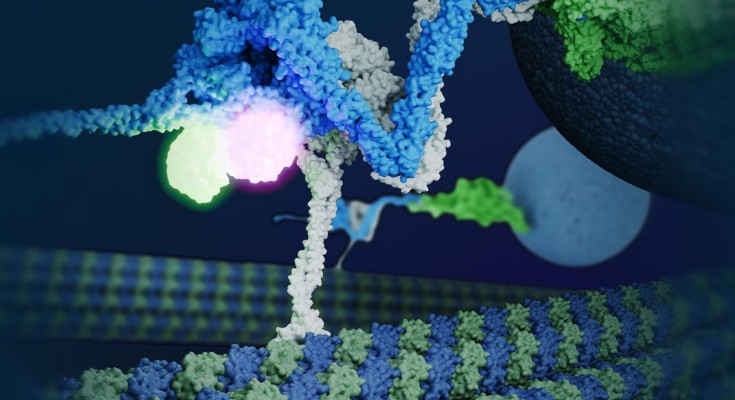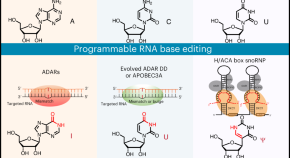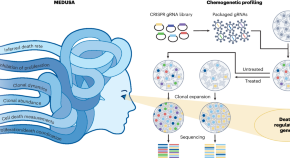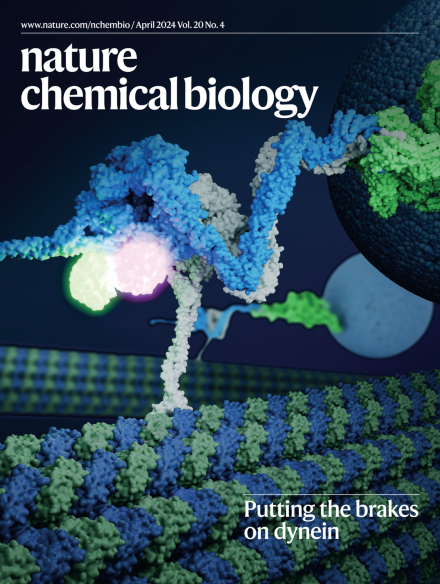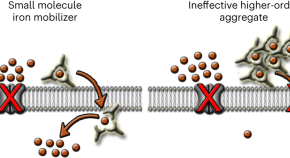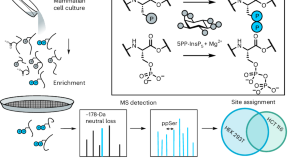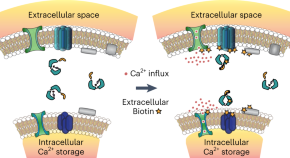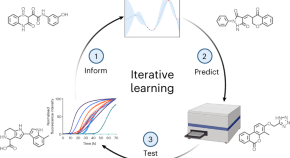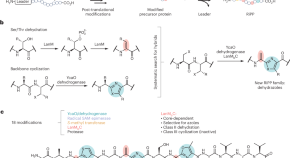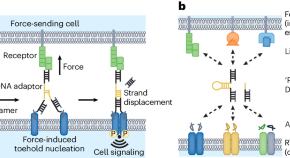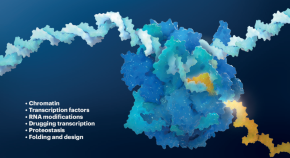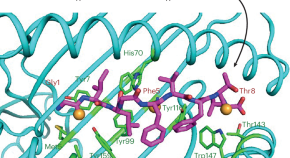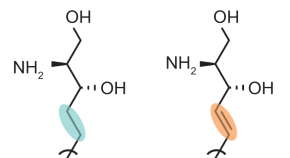Announcements
Advertisement
-
-

Pyro(phospho)mania
Understanding the role of pyrophosphorylation requires specific analytical strategies to discriminate it from protein phosphorylation. A custom workflow reveals that nucleolar protein pyrophosphorylation in human cells regulates the transcription of ribosomal DNA.
-
-
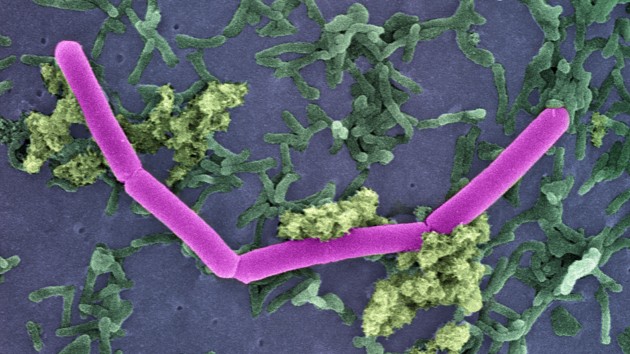
Chemical Biology of Microbiomes
Interspecies communication in complex microbiome environments occurs through the small molecules, peptides, and proteins produced by both the host and the microbial residents, as highlighted in this collection of recent articles from Nature Portfolio.
Trending - Altmetric
-
Discovery of potent inhibitors of α-synuclein aggregation using structure-based iterative learning
-
Molecular recording of calcium signals via calcium-dependent proximity labeling
-
Bringing chemistry to medicine to redefine the undruggable
-
UFL1 triggers replication fork degradation by MRE11 in BRCA1/2-deficient cells

